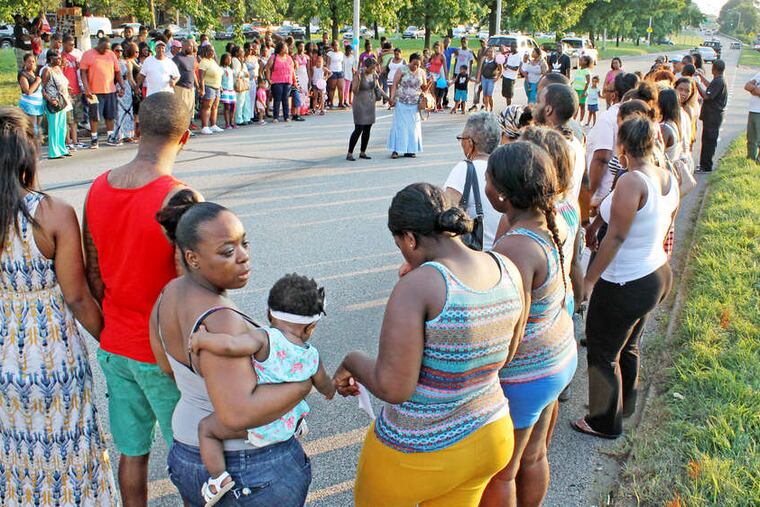Expand speed cameras beyond Roosevelt Boulevard | Editorial
While many are suspicious that cameras represent a money grab, the Boulevard cameras are designed with safety as the goal, with each camera producing less revenue over time.

Driving on Roosevelt Boulevard can sometimes feel like taking your life into your hands. One of the deadliest roads in the state, it was the site of 14 fatalities in 2020, and this weekend, a 51-year-old man lost his life in a crash on the Roosevelt Extension.
Americans may have hoped that fewer vehicles on the road would lead to fewer crashes and injuries during the pandemic, but nationwide, there was an increase of 24% in crash deaths, with over 40,000 people losing their lives on the road. The U.S. traffic death rate is closer to developing countries like Argentina or Turkey than it is to wealthy peers, with a death rate more than twice that of Canada.
The need for follow-through on Vision Zero — a framework designed to reduce traffic deaths to zero over time — is clear.
» READ MORE: Boulevard cameras are slowing traffic down
That’s why the recently released results of the Roosevelt Boulevard Speed Camera Pilot Program are encouraging, pointing to a possible solution. From over 200,000 tickets in July to fewer than 20,000 tickets in February, the program has been successful in slowing down cars.
Speed cameras are criticized by groups like the National Motorist Association for being ineffective money grabs. Others are concerned about equity, wondering if Black motorists and neighborhoods are targeted for fines designed to enhance local revenue. Camera critics emphasize education or engineering as a way to solve traffic crashes, rather than enforcement.
In the case of the Boulevard cameras, the program has gone a long way to answering these concerns.
The cameras are placed according to crash data, and camera placement is balanced, with four cameras in the Far Northeast and four cameras in the Lower Northeast and North Philadelphia section of the road. The cameras do not generate revenue that the city, state, or Philadelphia Parking Authority can spend according to their needs. After paying for the cost of the program, camera fines go to Pennsylvania’s Automated Red Light Enforcement program, which funds traffic safety projects across the state. This method of funds dispersal not only removes the incentive to use the cameras as a cash cow — it underscores the safety focus of the program. ARLE grants have funded safety improvements like curb cuts in Reading and Philadelphia’s neighborhood slow zone program.
» READ MORE: Over-policing of minor infractions contributes to police brutality
While police-based enforcement is also part of the solution, it brings its own pitfalls. The nation — and the city — continues to grapple with systemic racism in policing, which is often experienced through unwarranted stops of Black and brown people. In order to change this grim reality, we cannot rely on the same approaches that brought us here.
Given the success of the program, Harrisburg should make this pilot permanent and allow more municipalities to opt-in. In Philadelphia, City Council should authorize speed cameras in other hot spots for dangerous speeding, like Lincoln Drive, a road neighbors have nicknamed “Dead Man’s Gulch.” Other solutions, like engineering roads to enhance safety, might bear promise, but the city and PennDot’s Route for Change program has an end date of 2040. Vulnerable road users cannot afford to wait that long.